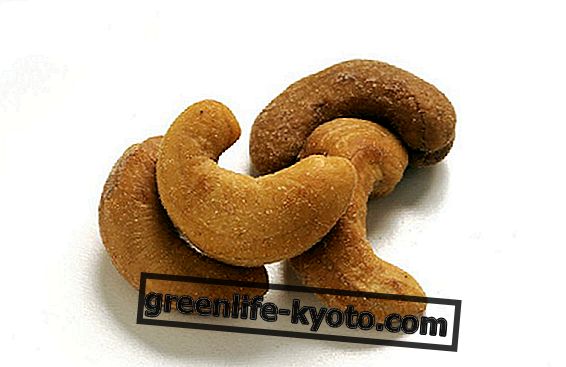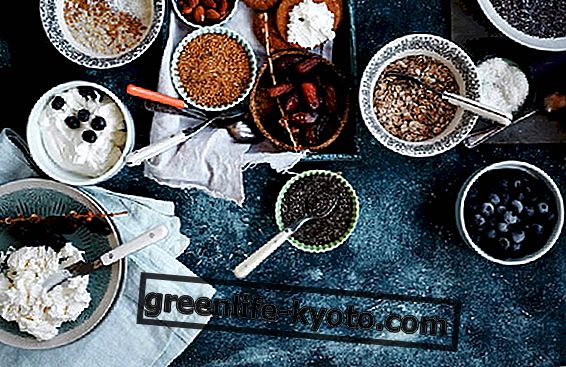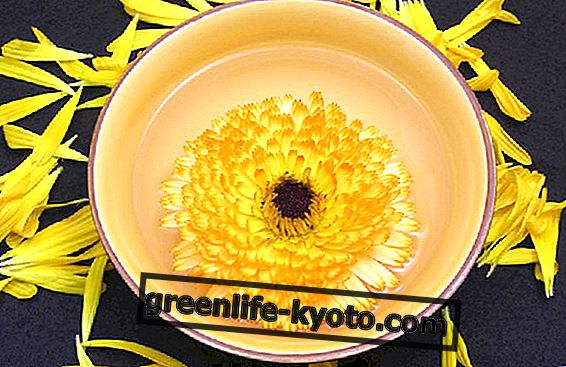
Marjoram is one of the most well-known aromatic plants used in cooking.
It grows as a well-defined bush up to about 60 centimeters and is botanically classified as Labiata in fact it is of the same family as many other aromatic plants.
It has lignified branches at the base with small, ovoid, hairy leaves with a short petiole and blooms in pinkish white inflorescences in the shape of small spikes.
Its botanical name is Origanum majorana and being very similar to oregano it is often confused with this other aromatic plant, but it has a more delicate and sweeter aroma than oregano.
Native to Africa and Asia, it has acclimatized very well in the Mediterranean area, becoming one of the aromatic plants typical of this environment.
The cultivation of marjoram
The most suitable climate for the growth of marjoram is the temperate one, typical of the Mediterranean with winds and sea breezes and summer heat. Marjoram, however, is a plant that tolerates even the most rigid winters to a few degrees below zero.
Before winter arrives it is however recommended to cover the base with mulch to protect the roots, since it is a plant that goes into winter rest, with leaves falling in autumn and vegetative growth in spring.
This plant loves fertile, loose and well-drained soils . Exposure to the sun is recommended even if it tolerates a part of shade well during the day. In fact, being a typical plant of the Mediterranean climate, it does not want excesses of water and above all stagnations because its roots would meet with rot and risk falling ill if the water does not drain well. For this reason it is good to add a part of sand to the soil to make it looser.
The waterings will therefore be necessary only when the soil is dry and it is advisable to place even pebbles and expanded clay at the bottom of the pot if its cultivation is not in the open ground.
The sowing season of marjoram is in April and requires 15 to 20 days before seeing the germination of the seeds, while the collection of its leaves and its inflorescences takes place from July to September.
For its propagation the cutting technique is used which is made by cutting a branch without 10 centimeters flowers in June, then put to root in high quality soil and humus.
Once the roots are formed, it will be possible to transplant the cuttings into pots or into the ground. Alternatively to sowing and cutting it is possible to buy already developed plants in nurseries and transplant them to the place where you want them to grow.
How to grow homemade herbs
Properties and uses of marjoram
Marjoram is used for its healing properties and in particular it acts on the respiratory and digestive system . To obtain its antispasmodic and digestive properties it can be taken in the form of herbal tea, also useful in cases of insomnia, migraine and anxiety thanks to its relaxing, sedative and calming abilities.
Being a plant rich in many active ingredients, in addition to essential oils, it also becomes a tonic and stimulant for the entire body. Its phytocomplex, in addition to terpenes, is also rich in vitamin C, tannins and rosmarinic acid which act in synergy and make marjoram so precious in its health properties for the entire organism.
The presence of essential oils also makes it an expectorant and thinner of mucus, indicated for the treatment of seasonal illnesses related to the respiratory system such as colds, coughs and flu .
It is also considered a light natural antibiotic, with disinfectant and antiseptic properties against bacteria, molds, viruses and fungi, like many aromatic plants containing essential oils. These essential oils are extracted and used also in aromatherapy both for having tonic and relaxing effects depending on the modality and needs of use. Also excellent as an antirheumatic and indicated as an essential oil to be added to vegetable oil for massages .
In the kitchen it is used to flavor many traditional dishes, especially for mushrooms, legumes and meats. Its aroma is found in the formulation of the different herbs that make up herbal liqueurs such as vermouth.
Marjoram both for use in the kitchen and for health it is preferable to choose the collection of fresh leaves and inflorescences that will be in their balsamic moment during the vegetative period.
The method of drying in the case of marjoram is instead not indicated because it lowers the effectiveness of many properties and makes it lose part of the typical aroma. Being so easy to grow, it is therefore one of the plants to keep on the windowsill or on the kitchen balcony to always have it available.













